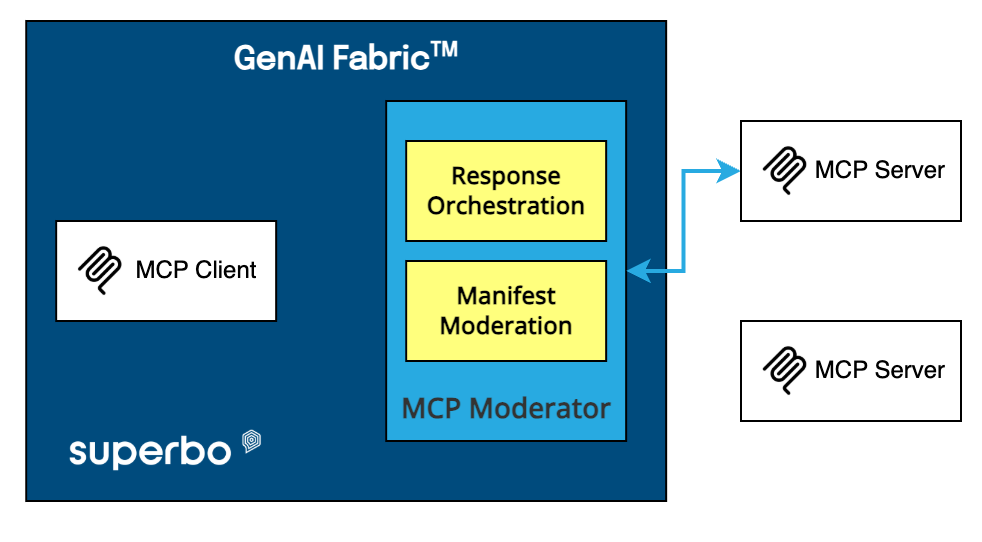We have all experienced bad bots. Bots that do not deliver on their promises or looked like half-baked ideas that have gone live.
In fact, a 2021 research paper by Jansen et al, reports that 53% of bots fail within 15 months of launch.
So why does this happen?
The 5 repeating sins
By analyzing all these failures, we have come up with 5 reasons that are common to most of these failures. Most of these failures have at least two of these causes. The 5 sins are:
- Technology will handle everything
- An Assistant can be created once and for good
- No real value is delivered to customers
- Anyone can design an assistant conversation, it is not a big deal
- KPIs and conversion funnels are not considered from the start of the initiative
Let’s look at each one of these reasons individually, to understand how it contributes to failures:
Sin 1: Technology will handle everything
The Myth behind this belief, is that “It is an AI solution, therefore AI will do everything”. The truth is that AI models are built on data. The organization must have a mature “Data Architecture” with topics such as: taxonomies, data sourcing, data lineage, data stewardship and so on have been defined/addressed/implemented. If the above are not in place, training your AI models will be both a “Herculean task” but also since there is no repeating process, the training results will be unpredictable, which will have a significant impact on the quality of the AI model.Sin 2: An Assistant can be created once and for good
The Myth here is that once your bot is live, there is no need for further involvement by the organization. The truth is that business evolves, new data is generated every second. AI models are built with data, therefore if the AI models are not “retrained” to factor in changes, the bot will become irrelevant soonSin 3: No real value is delivered to customers
The Myth is that a successful assistant needs to replicate functionality found in other channels such as the e-shop or self-service app for support. The truth is, that to deliver value, you must allow the customer to feel they are “in control”, they can do anything from anywhere at any time, that is to feel “convenience” and have peace of mind. Therefore, the bot needs to complement other digital tools offer by the organization. For example, in billing use cases, not to display the bill as the e-bill platform would, and therefore replicate the same experience, but to be able to answer questions on the bill itself.Sin 4: Anyone can design an “assistant conversation”, it is not a big deal.
The Myth is that with a proper “Conversational Designer” tool anyone can design a bot flow. The truth is that this is one of the main reasons a bot fails. To understand why, consider web site design. Yes, tools exist for anyone to design web sites. However, to achieve “enterprise class” designs, experts get involved. Otherwise, you have that amateurish or “90s look” on your web site. A proper conversational flow design requires experts from many domains, apart from business: CX Designers, data scientists, linguists, NLP engineers and so on.Sin 5: KPIs and conversion funnels are not considered from the start of the initiative
The Myth is that there doesn’t need to be a lot of thought or effort put into “reporting” as the “platform chosen has good analytics”. The truth is that this is a key factor for ensuring the continuous funding of the bot initiative past year 1. It needs to be clear from the beginning how ROI will be calculated. A proper platform and solution should cater for the following KPI dimensions:- Adoption: How many of your customers are using the bot vs call center?
- Engagement: How are they using the bot? What use cases are more popular? Are users returning?
- Experience: Do customers complete the flows?
- Monetization: How many calls to the call center were saved? How many sales were made? etc.







